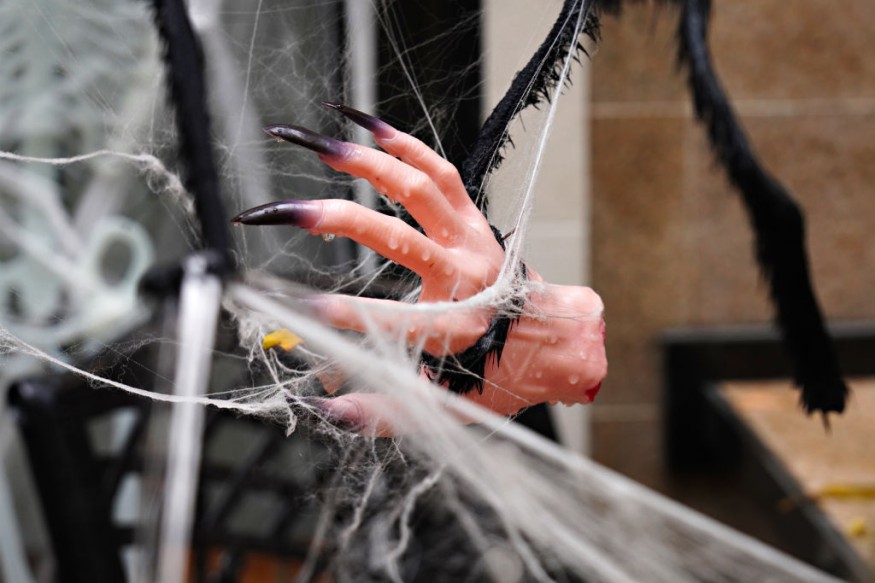Fake spiderwebs can harm animals and insects. Reports showed they could likely become trapped, leading to starvation and death.
Americans are now preparing for the Halloween this week. From scary costumes and home decorations, the kids will find it one of the most enjoyable days of November for trick-or-treats.
Halloween's Fake Spiderwebs: How Does It Affect Animals?

The fake spiderwebs are popular during Halloween with some pumpkins and other scary decorations. While the design can be scary in trick-or-treats, it will be more terrifying for animals like birds and insects.
According to recent reports, a bird can likely become trapped in fake spiderwebs while they roam around in native plants. When birds are trapped, they can become injured.
The worst experience is starvation or death.
The fake spiderwebs are sticky enough to make it challenging for birds to escape. In October and November, it is a common occurrence that affects wildlife or animals. Animal rescues play a vital role in saving the trapped animals.
Other than insects and birds, chipmunks, deer and squirrels can be stuck in the fake spiderweb. With many birds migrating, it can bring significant risks or dangers. It is a hazardous obstacle and nightmare for animals.
As a result, homeowners are urged to be careful in using fake spiderwebs during Halloween, which can affect animals' pathways. The plastic web can become a death trap for the little animals.
Homeowners can also consider other designs other than the spiderwebs, which are environment-friendly.
Eco-Friendly Halloween: Is This Possible?
Halloween is popular in the country, with many spooky decorations. However, plastic decorations can affect the environment and animals. As a result, homeowners can consider environment-friendly or sustainable Halloween designs.
Find other options for Halloween candy
Candies wrapped in plastics can contribute to plastic pollution. Instead of sweets, homeowners can look for other options during the trick-or-treats. Home-baked food, fruits, cookies or pastries are recommended.
Decorating your home on Halloween
Most of the designs on Halloween are plastic. Homeowners can also create their designs from old newspapers, bedsheets, or branches of trees.
If you plan to have a scary costume, parents can design it by stitching it from old fabrics. It will save you money and quality time in making with your children.
Walk in the neighborhood when you do the trick-or-treats
Instead of using vehicles for short distances, homeowners can walk in the neighborhood for Halloween.
Regarding the weather, the recent forecasts showed that Americans can expect a cooler weather outlook on Halloween with a chance of snow.
The chance of rain is low, but homeowners should bring an umbrella or raincoat to protect if it rains. To learn the latest forecasts in the US, please visit NWN's weather reports.
Related Article : Halloween Preparedness: 4 Tips to Become Environment-Friendly
For more similar, don't forget to follow Nature World News.
© 2025 NatureWorldNews.com All rights reserved. Do not reproduce without permission.





